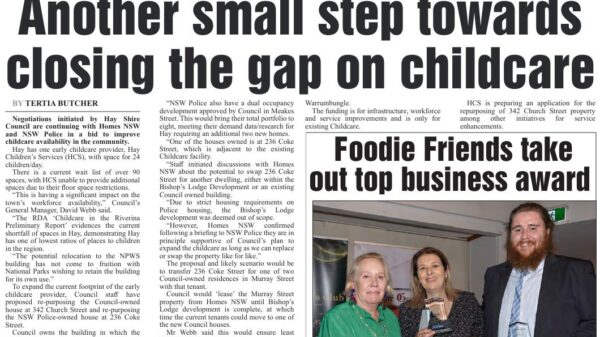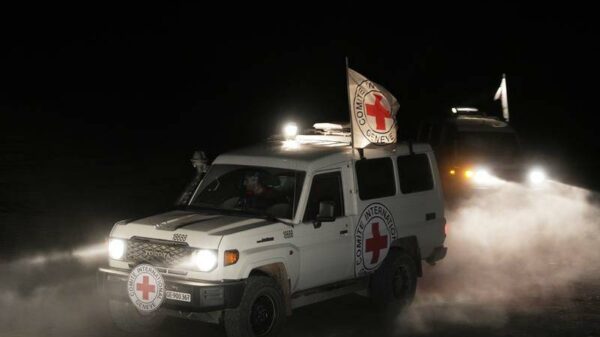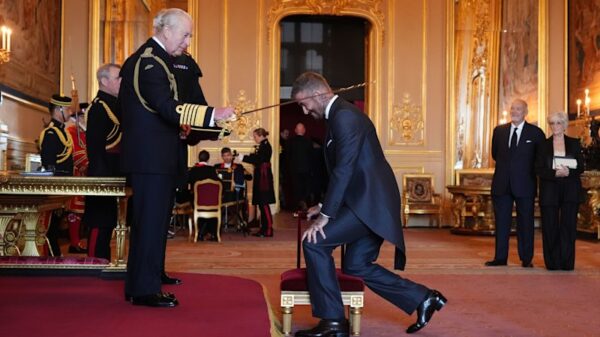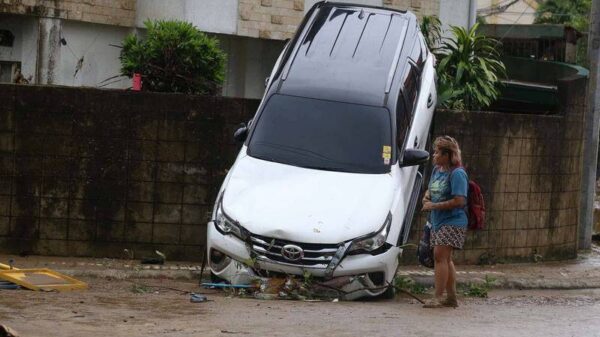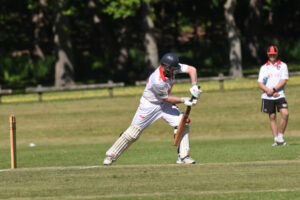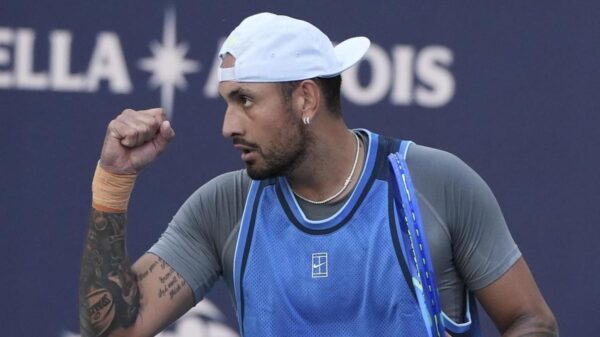Recent genetic analyses of medieval human remains have provided critical insights into the migration patterns of Slavic peoples, reshaping our understanding of Central and Eastern Europe’s history. An international research team, led by the HistoGenes consortium, has published findings indicating that the Slavic expansion, starting in the 6th century CE, was primarily driven by large-scale migrations rather than mere cultural assimilation.
Excavations at sites like the pre-Slavic cemetery of Brücken in Saxony-Anhalt, Germany, have been pivotal in this research. The team sequenced over 550 ancient genomes, revealing that the origins of Slavic ancestry likely lie in a region spanning southern Belarus to central Ukraine. Joscha Gretzinger, a geneticist at the Max Planck Institute for Evolutionary Anthropology, stated, “While direct evidence from early Slavic core regions is still rare, our genetic results offer the first concrete clues to the formation of Slavic ancestry.”
This comprehensive study highlights that the Slavic migrations significantly altered the genetic landscape of regions such as Eastern Germany and Poland. Between the 6th and 7th centuries, the genetic makeup in these areas shifted dramatically, with over 85 percent of Eastern Germany’s ancestry attributed to newcomers from the East. This transition marked a departure from the earlier cosmopolitan mix of populations, as evidenced by the rich diversity found at burial sites like Brücken.
Impact of Slavic Migration on Social Structures
The research indicates that the Slavic expansion did not conform to the traditional model of conquest associated with other historical migrations. Instead, it involved the establishment of flexible communities organized around extended family structures. In Eastern Germany, this meant the emergence of large, multi-generational kinship networks, in contrast to the smaller nuclear families prevalent during the Migration Period.
In regions like Croatia, the influx of Eastern European groups resulted in less disruption of existing social patterns. Communities retained many traditions from earlier periods, leading to a blending of old and new practices. Zuzana Hofmanová from Masaryk University emphasized that the Slavic expansion was a mosaic of different groups, each adapting to local contexts, suggesting that there was never just one ‘Slavic’ identity.
Interestingly, the genetic evidence reveals that migrations involved entire families, with men and women contributing equally to the formation of new societies. This aspect of the research underscores the inclusive nature of these migrations, which facilitated the integration of various populations.
Regional Variations in Migration Patterns
The genetic findings also illustrate regional differences in how Slavic groups integrated into existing communities. In Poland, earlier inhabitants with strong links to Northern Europe and Scandinavia largely disappeared, replaced by Eastern European newcomers. The genetic connections established through this migration align closely with modern populations in Poland, Ukraine, and Belarus.
Conversely, the Northern Balkans experienced a different demographic shift. While there was a significant influx of Eastern European ancestry, it did not entirely replace local populations. Instead, genetic analyses reveal that present-day Balkan populations consist of a diverse gene pool, with Eastern European ancestry constituting around half or less.
The site of Velim in Croatia exemplifies this blend, showcasing evidence of both Eastern European migrants and local ancestry. This indicates that the Slavic migration process was gradual, involving intermarriage and adaptation rather than outright conquest.
Additionally, an independent study published in March 2024 in Genome Biology corroborates these findings, noting a similar population change in Southern Moravia, Czechia. This shift is linked to the advent of Slavic-associated material culture originating in modern-day Ukraine.
The research collectively suggests that the Slavic migrations represent one of the last significant demographic events in Europe to fundamentally reshape the continent’s genetic and linguistic landscape. As Johannes Krause, director at the Max Planck Institute for Evolutionary Anthropology, noted, “The spread of the Slavs was likely the last demographic event of continental scale to permanently and fundamentally reshape both the genetic and linguistic landscape of Europe.”
This new understanding of the Slavic migrations not only resolves historical puzzles regarding one of the world’s largest linguistic and cultural groups but also highlights the adaptability and resilience of these communities in the face of changing socio-political landscapes. The legacy of these migrations continues to resonate in the languages, cultures, and genetic profiles of millions across Europe today.




